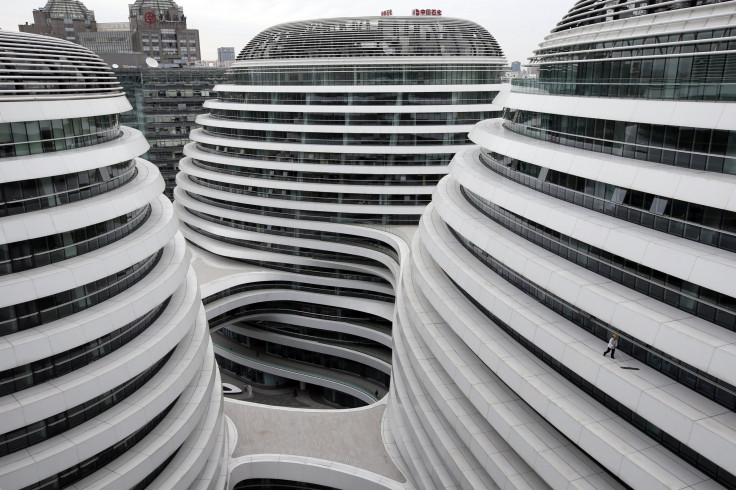China's Latest RRR Cut To Help Maintain Stable Liquidity: People's Daily

(Reuters) - The latest cut by China's central bank in the amount of cash that lenders must hold as reserves will help keep liquidity stable, according to a commentary in the ruling Communist Party's official People's Daily on Monday.
The move, announced late on Sunday, will also help pump cash into the real economy and ensure financing costs remain steady, according to the commentary in the paper, which acts as a mouthpiece of the Party.
The People's Bank of China (PBOC) lowered the reserve requirement ratio (RRR) for all banks by 100 basis points to 18.5 percent, effective from April 20, the central bank said in a statement on its website www.pbc.gov.cn.
The latest cut, the deepest single reduction since the depth of the global crisis in 2008, shows how the central bank is stepping up efforts to ward off a sharp slowdown in the economy.
Lu Lei, director of the PBOC's research department, said in the commentary there were three reasons for the cut, including helping maintain stable M2 growth, a broad-based measure of country's money supply.
In March, PBOC chief Zhou Xiaochuan said China should remain flexible on M2 growth expectations and not be overly concerned about meeting numerical targets.
Lu added in the commentary that the rate cut will also ensure deposit-taking financial institutions have funds free to lend to support the real economy and will help reduce financing costs for corporations.
While corporate financing costs fell 50 basis points in the first-quarter to 6.83 percent when compared to the same period last year, the producer price index also fell in the first quarter, according to Lu.
The second industry-wide cut in two months will help "commercial banks to provide low-cost funds in the long-term, further reducing the cost of financing," he said.
© Copyright IBTimes 2024. All rights reserved.











